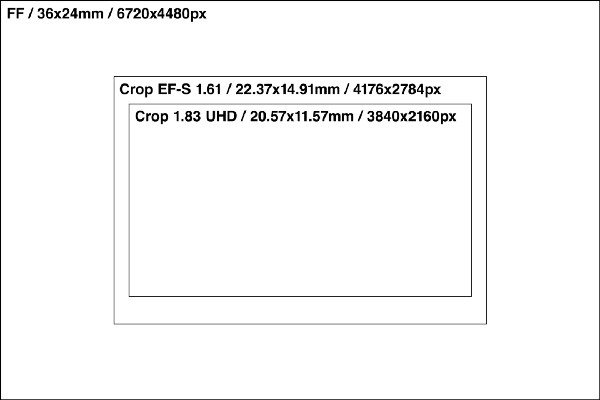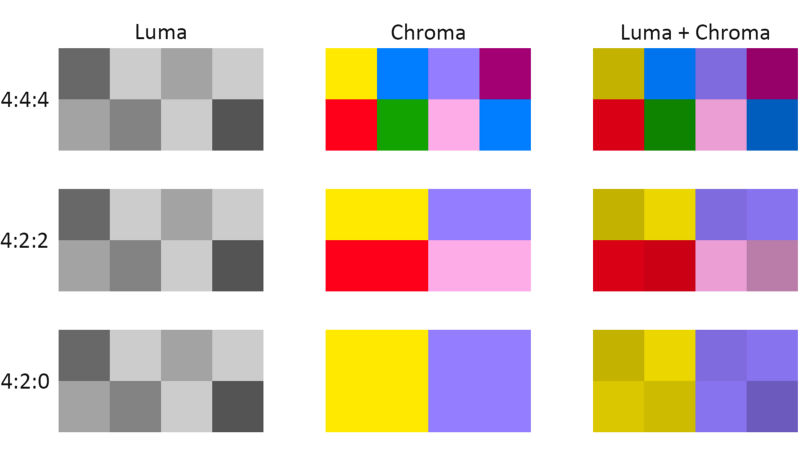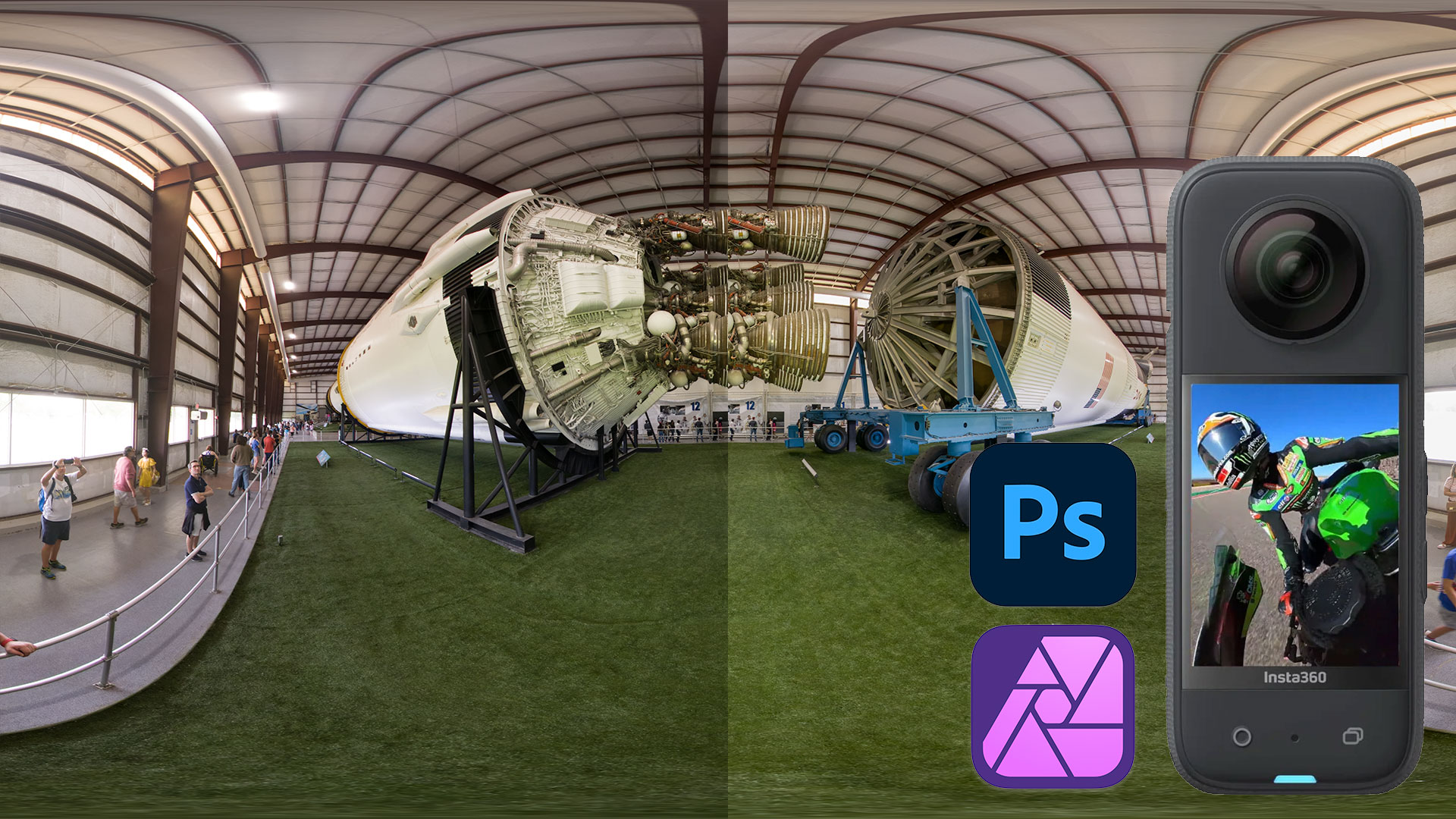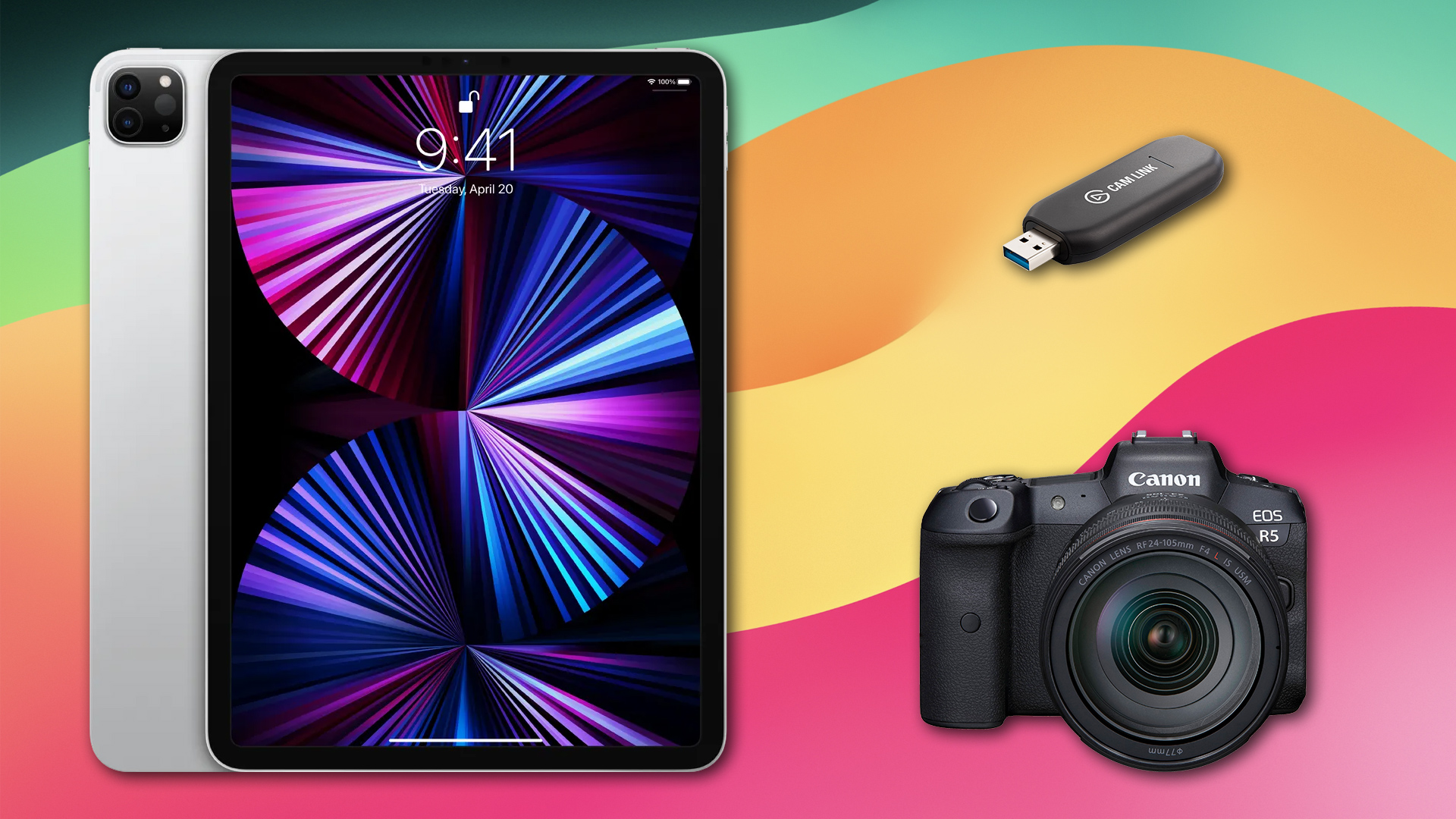Canon EOS R Crop Factors
There is a lot of controversy around this camera about the 4K-UHD video crop factor and other specs, nonetheless, I believe it is one of the best vlogging cameras out there, but you have to understand the meaning of certain specs.
4K is a marketing name, there are two main 4K specs, 4K-DCI (Digital Cinema Initiatives) which is the real and true 4K (because it has 4096 columns or it is around 4,000 pixels wide, it has 4096x2160px) and 4K UHD (Ultra High Definition) which is 3840x2160px and it truly means QuadFHD because it is four times FHD. FHD means Full High Definition and it is 1980x1080px and HD means High Definition, it is 1280x720px. Some consumer vendors use other “standars” to refer to this resolutions, 2160p for 4K-UHD, 1080p for FHD and 720p for HD, it is supposed to always have a 16:9 aspect ratio. 4K-DCI is for production only because it allows some cropping and/or resizing in post production.
Both the Canon EOS R and the 5D Mark IV have the same sensor size and pixel count, it is alleged that is the same sensor but the Canon EOS R can use EF-S (crop) lenses because it doesn’t have a mirror, while using EF-S lenses the camera will switch to crop mode, which has a crop factor of 1.61 and not 1.60, a small difference to the commonly known Canon crop size.
The Canon EOS R can record 4K-UHD, the consumer version of 4K, while the Canon 5D Mark IV record 4K-DCI, the professional version of 4K, both allow to record in Canon-Log which is a color spaces that allows color corrections and grading in post production thanks to the way it stores color and light information, but there are some differences, one is the crop factor, even though it has the same frame heigh while recording 4K, it doesn’t have the same width, and the crop factor is calculated by the diagonal dimension of the recording area, and while the 5D Mark IV has a crop factor of 1.74 the EOS R has a crop factor of 1.83 while recording 4K video, this difference must be taken into account when planning which type focal length to use.


This crop factor change how the video is perceived creating the “illusion” of zooming in, the 16–35mm ƒ/2.8 lens becomes a 29–64mm ƒ/5.1, the 24–70mm ƒ/2.8 becomes a 44–128mm ƒ/5.1, the 70–200mm ƒ/2.8 becomes a 128–366mm ƒ/5.1, etc. A solution for wide angle 4K-UHD recording is to use EF-S lenses, like the 10–18mm ƒ/4.5–5.6 which becomes a 18–33mm ƒ/8.25–10.27, not ideal for low light recording, but in outdoors an EF-S lens like the 18–135mm ƒ/3.5–5.6 can offer a useful focal length equivalent to 33–247mm ƒ/8.25–10.27.
The other difference is that the 5D Mark IV can only record 4K-DCI using MJPEG (ALL-I) codec at 500Mbps with a chroma subsampling of 4:2:2 at 8bit, while the EOS R while recording 4K-UHD uses AVC/H.264 in ALL-I and IPB modes, the ALL-I uses around 470Mbps while the IPB uses around 125Mbps, both the ALL-I and IPB have a chroma subsampling of 4:2:0 which can be used with Canon-Log but doesn’t have the same colors (croma) resolution compared to the 5D Mark IV.
The video codec options and compression modes are more than enough for any video enthusiast who shares videos on YouTube, while the crop factor is in fact an issue that require consideration, maybe some third party manufactures will create an adapter which works like a focal reducer or speed booster, from EF and EF-S to Canon RF, there is a market for it as the Panasonic GH5 and GH5s have shown, time will tell.
Extra specs descriptions
- ALL-I: A video compression picture type where all frames are recorded as frames/pictures with some lossless compression without the need of other frames.
- IPB: A video compression method where there are I-frames, P-frames and B-frames, the I-frames are real pictures that are decoded independently, the P-frame is a frame made out from the motion information of the previous I-frame, a B-frame is a frame made out from the previous P-frame and the next I-frame, thus, providing extra compression.

- MJPEG: A video codec that stores JPEG image sequences as video, it has higher video quality using a chroma subsampling of 4:2:2 but requires more storage than modern video codecs.
- Chroma subsampling: The practice of encoding images by implementing less resolution for chroma information than for luma information.



I originally published this content on Medium, but because of the censorship in that social media platform, I move it here.

